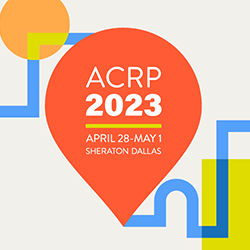Taking the guesswork out of assigning trials
Assessing the capacity of a clinical research coordinator (CRC) is one of many challenges involved in managing clinical trials—which are heterogeneous and increasingly complex, with rising regulatory burdens and tight budgets. Evaluating the level of support needed for each trial is an essential step toward success.
“Research leaders struggle with assessing trial complexity across disease types and adequately staffing their research units to prevent staff burnout and turnover, and to maintain high-quality service,” says Suzanne Rose, MS, PhD, CCRC, FACRP, Executive Director of Research at Stamford Hospital. “Sites are often required to anticipate staffing needs to win new trials and maintain existing ones. This leads to the important question of how many patients or studies can one research coordinator successfully and feasibly handle?”
This need has led to development of the Clinical Research Workload Tool (CRWT) scoring model, explains Rose. “Based on core tasks that are routinely completed within any clinical trial—regardless of complexity—the model takes into account a wide range of trial-related activities.” These include protocol review, informed consent form review, institutional review board (IRB) submission, source documentation completion, adverse event monitoring, safety reporting, patient visits, ongoing protocol administration, and query completion.
Assessing Staff Workload and Maximizing Site Performance
Join Suzanne at ACRP 2023 [April 28 – May 1; Dallas, TX], where she’ll show you how to take the guesswork out of assigning trials. View complete schedule.
“Benefits of the CRWT model include potential to increase enrollment success, funding, efficiency, quality, and job satisfaction and retention of study coordinators,” states Rose. “We’ve found that this tool offers great flexibility in both oncology and non-oncology settings. The metrics it provides can also be used to justify staffing levels for research programs and to maximize revenue generation.”
Based on findings from the model, Rose concludes, “Maybe it’s time to stop focusing on just recruiting patients, but rather on bringing in drug and device trials that not only support the financial health of our site but also provide cutting-edge therapy to our patients at the same time.”
Author: Jill Dawson




